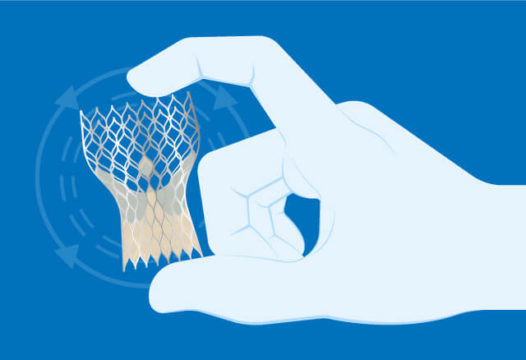
Since the latest version to the Valvular Heart Disease Guidelines from the European Society of Cardiology, plenty of evidence has been accumulating, finally leading to this updated version.
In this regard, below you will find what has been called “10 commandments” that sum up this new document, to keep you in the loop.
- The incidence of degenerative valvulopathy continues to increase in industrialized countries, with the elderly as the most affected seeing as they present multiple comorbidities. On the other hand, rheumatic heart disease continues to be fairly frequent in developing countries.
- We give emphasis to patient centered assessments. When considering an intervention, we should assess patient expectations and values. This can only be carried out by a multidisciplinary team working in a specialized heart valve center.
- Echocardiograms are key to the diagnosis of valvulopathy, to measure severity and establish prognosis. Other studies such as CT scans, MRIs and biomarkers are starting to play a more central role.
- Based on randomized trial outcomes on its intervention, we have new definitions of severity in secondary mitral valve regurgitation.
- To prevent stroke in patients with atrial fibrillation, we recommend direct anticoagulants in patients with aortic stenosis, mitral or aortic regurgitation and patients with bioprosthesis 3 months post implantation. We recommend single antiaggregation for patients undergoing TAVR with no other anticoagulation indication.
- In places with high surgical experience and post operative support, you can consider early intervention in asymptomatic patients at low risk of aortic stenosis, aortic or mitral regurgitation, or tricuspid regurgitation.
Read also: New Valvular Heart Disease Guidelines with Key TAVI and Mitral Regurgitation Updates.
- New information on randomized controlled trials comparing TAVR against CABG have contributed to clarify the role each procedure has in the treatment of low-risk patients. Choosing the most adequate strategy (TAVR vs CABG) should be in the hands of a multidisciplinary team who will consider patient age, surgical risk, clinical and anatomical characteristics (particularly femoral approach feasibility) center experience and results and, last but not least, patient preference.
- Edge to Edge repair has been compared to optimal medical treatment in secondary mitral regurgitation, resulting in an upgraded recommendation of this strategy for patients meeting the criteria that predict clinical improvement.
- A lot of information has been published on valve in valve; this has led to upgrading its recommendation.
- Lastly, encouraged by the published information, there is a potential role for transcatheter tricuspid repair in inoperable asymptomatic patients with tricuspid failure.
Original Title: The “ten commandments” for the 2021 ESC/EACTS Guidelines on valvular heart disease.
Reference: Alec Vahanian et al. Eur Heart J. 2021 Nov 1;42(41):4207-4208. doi: 10.1093/eurheartj/ehab626.
Subscribe to our weekly newsletter
Get the latest scientific articles on interventional cardiology





